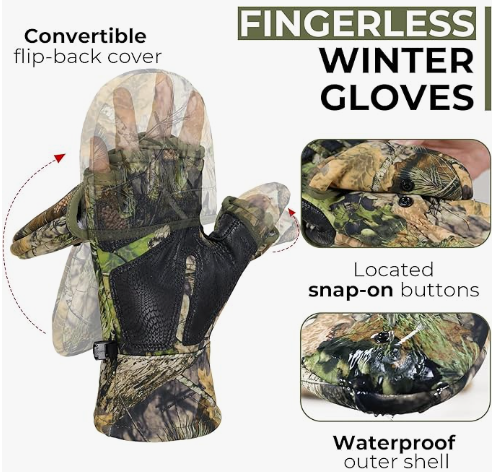When buying impact gloves in bulk for your business, it’s crucial to choose gloves that offer high protection and comply with industry standards. Certifications ensure that the gloves meet safety requirements and will protect your workers effectively. Here’s what you need to know about the most important certifications for impact gloves.
1. ANSI/ISEA 138: Impact Resistance
ANSI/ISEA 138 is the standard for testing the impact resistance of gloves, particularly focusing on the knuckles and fingers. This certification is essential for gloves used in environments where workers face sudden impact hazards, such as construction sites or heavy machinery operations.
- Why it matters: It measures how much force is transmitted to the hand when the glove is struck.
- Performance Levels: Gloves are rated from 1 to 3, with Level 3 providing the highest impact protection.
What to look for: Gloves with an ANSI/ISEA 138 certification will display the level of impact protection they offer, making it easy to choose gloves that match the risk level of your work environment.
2. EN 388: Mechanical Risks (Including Impact)
The EN 388 standard is commonly used in Europe and assesses gloves for mechanical risks, such as abrasion, cut, tear, puncture, and impact. It’s widely recognized for gloves used in heavy-duty tasks where workers need protection from various physical hazards.
- Why it matters: EN 388 testing includes an optional impact test, marked with a “P” if the glove passes.
- Performance Levels: The glove is rated on a scale of 1 to 4 for four key risks: abrasion, cut, tear, and puncture. For impact protection, a “P” symbol indicates that the glove has been tested for impact resistance.
3. Comparing ANSI/ISEA 138 and EN 388
Here’s a quick comparison between ANSI/ISEA 138 and EN 388 to help you understand the key differences:
| Standard | Scope | Impact Test | Performance Levels |
|---|---|---|---|
| ANSI/ISEA 138 | Impact resistance (knuckles, fingers) | Mandatory | Levels 1 to 3 |
| EN 388 | Mechanical risks (abrasion, cut, tear, puncture, impact) | Optional (“P” for pass) | Levels 1 to 4 for mechanical risks |
Key Differences:
- Testing Areas: ANSI/ISEA 138 focuses on impact resistance for knuckles and fingers, while EN 388 includes a broader range of mechanical risks.
- Performance Levels: ANSI/ISEA 138 provides specific levels for impact, while EN 388 offers a general pass/fail for impact and includes additional levels for other hazards.
4. Other Important Considerations
- Cut Resistance: Look for gloves with ANSI/ISEA 105 or EN 388 cut resistance ratings if the job involves sharp objects.
- Chemical Resistance: If the gloves will be exposed to chemicals, make sure they comply with EN 374 standards.
- Thermal Resistance: For tasks in hot environments, gloves with EN 407 certification for thermal protection are essential.
Conclusion
When buying impact gloves in bulk, look for gloves certified with ANSI/ISEA 138 for impact resistance and EN 388 for mechanical risk protection. These certifications ensure that your gloves offer high levels of protection against impact and other workplace hazards, helping keep your workers safe. Choosing gloves with the right certifications is the best way to meet safety standards and ensure reliable protection in demanding work environments.








